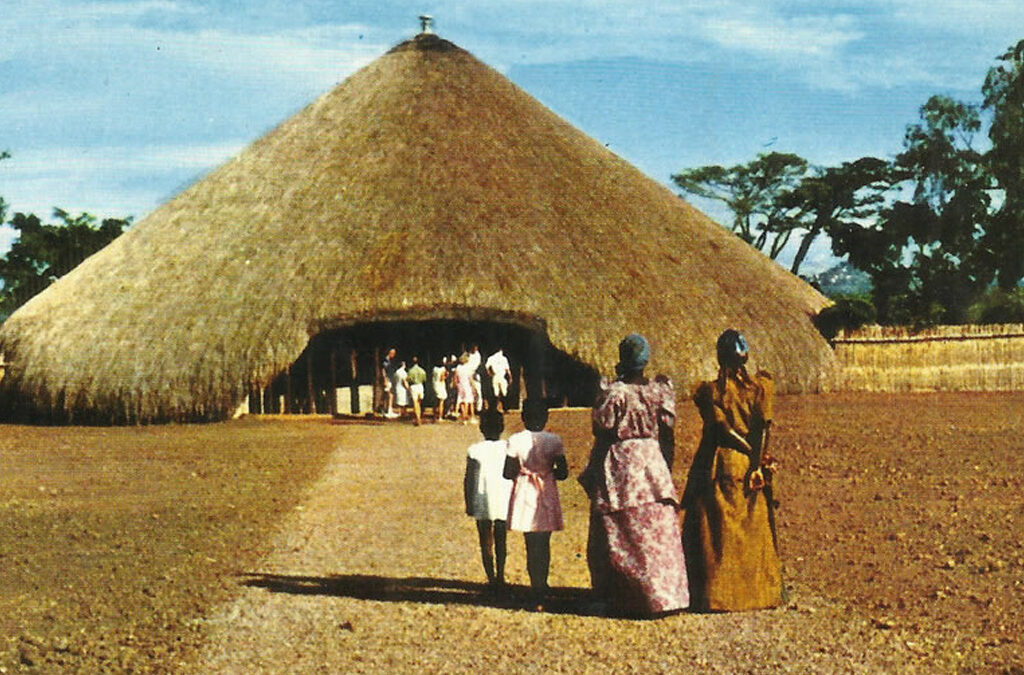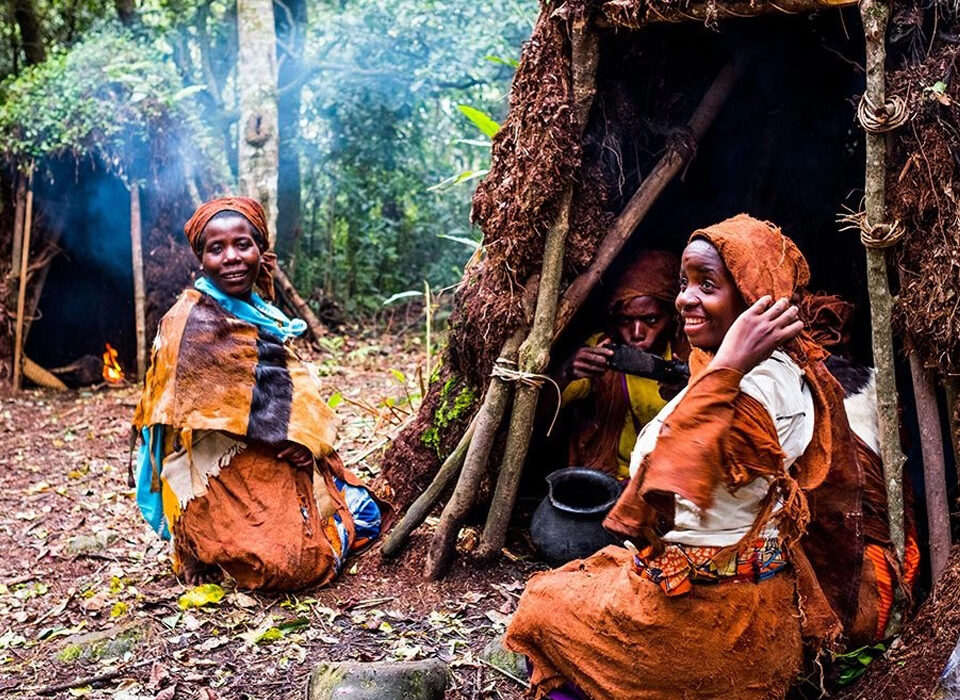
Which Animals Will You See on a Kenya Safari?
July 29, 2025
Kenya’s Top 10 Most Beautiful Cities to Visit
July 29, 2025Why You Should Visit the Kasubi Royal Tombs

Why You Should Visit the Kasubi Royal Tombs
The Kasubi Royal Tombs stand proudly as one of Uganda’s most cherished cultural and spiritual landmarks. Perched atop a scenic hill in Kampala, this UNESCO World Heritage Site offers more than architectural beauty and it serves as a sacred space deeply intertwined with the heritage of the Baganda people, Uganda’s largest ethnic group.
A Kingdom Rooted in History
The Baganda, a Bantu-speaking community, have played a pivotal role in shaping Uganda’s cultural and political fabric since the 13th century. As oral tradition tells it, Kabaka Kintu Kato, the kingdom’s first king, united five major tribes to establish the powerful Buganda Kingdom. Over time, multiple Kabakas found their final resting place on Kasubi Hill, transforming it into a spiritual anchor for the kingdom.
A Sacred Site in the Heart of Kampala
When you tour Kampala, make the Kasubi Royal Tombs your first cultural stop. Far from being just a historical landmark, this site remains a living spiritual center where the traditions of the Buganda Kingdom continue to thrive. In fact, the name “Uganda” itself derives from “Buganda”, underscoring the kingdom’s deep influence on the nation.
Today, the site functions as the burial place for four former Buganda kings, and it regularly hosts important ceremonies performed by the reigning Kabaka and his representatives.
Layout of the Kasubi Royal Tombs
To help preserve both history and tradition, Kasubi Hill is divided into three key areas, each with a unique purpose:
The Main Tomb Area (West)
Buildings and Graveyards (Behind the tombs)
Agricultural Area (East)
Each section contributes to maintaining the spiritual and historical integrity of this sacred site.
Begin at Bujjabukula – The Gatehouse
Your journey begins at Bujjabukula, the intricately crafted gatehouse. Constructed with wooden columns, thatched roofing, and woven reed walls, this structure represents traditional Ganda architecture. According to custom, guards remain hidden behind a see-through reed screen to monitor access. As you pass through, you’ll enter a courtyard where the Ndoga-Obukaba, a circular hut that stores sacred royal drums, awaits.
Key Attractions at the Kasubi Royal Tombs
1. Muzibu Azaala Mpanga – The Main Tomb
At the heart of the site stands Muzibu Azaala Mpanga, a magnificent dome-shaped structure that was rebuilt in 1882 by Kabaka Muteesa I. It sits on the foundation of an earlier palace built in 1820 by Kabaka Sunna II. Inside, you’ll find a treasure trove of royal regalia, including drums, spears, shields, medals, and photographs of the kings. The floor is lined with lemon grass and palm-leaf mats, which fill the air with a calming fragrance and reinforce the sacred atmosphere.
2. Olugya – The Main Courtyard
As you step into Olugya, the main courtyard, you’ll immediately be struck by the sweeping thatched roof that touches the ground. The entrance to the tomb is marked by a wide arch adorned with richly woven reeds. Once inside, you’ll find bark cloth partitions that lead toward the most sacred inner space.
3. The Kibira – The Sacred Forest
Deep within lies Kibira, the spiritual heart of the tombs. This area is strictly off-limits to the public. Only royal widows, the Katikkiro (prime minister), and a few selected royal family members may enter. Even the current Kabaka is not permitted access. Adjacent to this sacred space, four rooms house the widows of the deceased kings chosen from the clans of the late queens who continue to spiritually care for the departed rulers.
4. Mujaguzo – The Royal Drums
You’ll also encounter Mujaguzo, the kingdom’s sacred collection of royal drums. Despite some being lost during times of political turmoil, drums such as Entenga, Entamivu, Namanyonyi, and Kawulugumu still exist and play a vital role in current royal ceremonies.
5. Traditional Thatching Technique
One of the most fascinating architectural features here is the unique thatching technique. Craftsmen bundle the grass into conical shapes and lay it onto the roof structure without tying it except at the base. When a section decays, workers can easily remove and replace it. Only members of the Ngeye clan (colobus monkey clan) are authorized to carry out this sacred and skilled work.
Cultural Artifacts to Discover
As you continue your tour, you’ll come across an impressive collection of cultural artifacts that offer deeper insights into Buganda’s legacy:
The Seven-Horned Calabash
The King’s Spear and Shield
The First Cooking Stone
Traditional Bark Cloth Making Tools
The King’s Stole
Each object tells a story and serves as a window into the customs and beliefs of Buganda’s royal history.
Interesting Facts About the Kasubi Tombs
The Kasubi Tombs are Kampala’s only UNESCO World Heritage Site.
The site hosts several annual traditional ceremonies, including new moon observance
Certain spiritual rituals, like consultations with mediums, occur in private.
The tombs attract traditional healers and medicine practitioners seeking blessings from the spirits of past kings.
Getting There
You can easily reach the Kasubi Royal Tombs on Kasubi Hill along Masiro Road, approximately 20 to 25 minutes from Kampala’s city center. Transportation options include:
Private car hire
Boda bodas (motorcycle taxis)
Matatus (shared minibuses) from local taxi parks
Entrance Fees (Updated for 2025)
Adults: UGX 50,000
Children: UGX 10,000
These entrance fees help fund the ongoing maintenance and preservation of this important cultural heritage site.
Final Thoughts
Visiting the Kasubi Royal Tombs is more than just checking off a historical attraction it’s an invitation to experience the soul of Uganda’s royal heritage. Indeed, whether you’re passionate about history, curious about African spirituality, or simply seeking a meaningful cultural experience, this sacred site truly offers something special for everyone.
Take time to walk its sacred grounds, listen to its stories, and discover how Buganda’s royal legacy continues to shape the spirit of modern Uganda.

